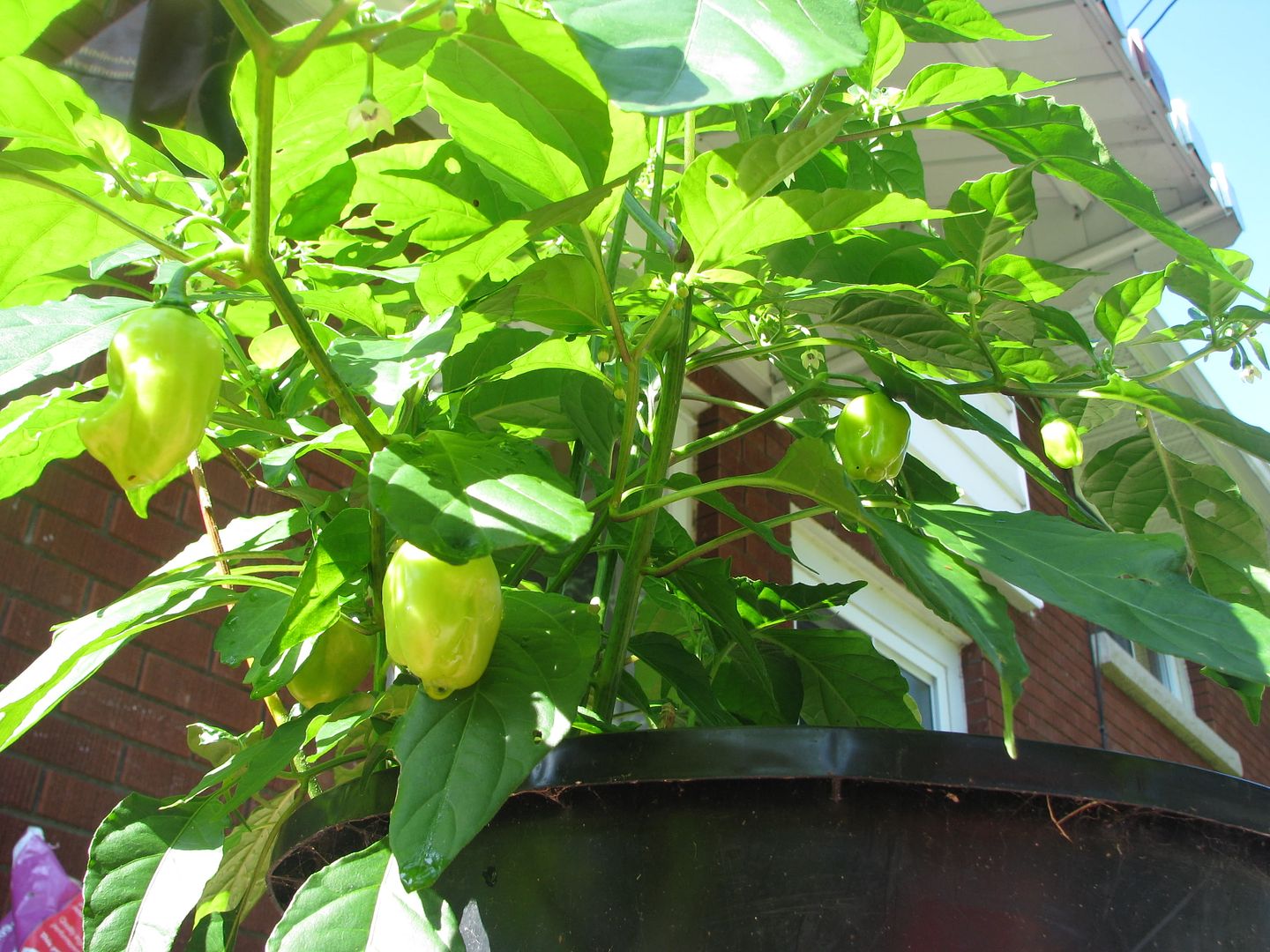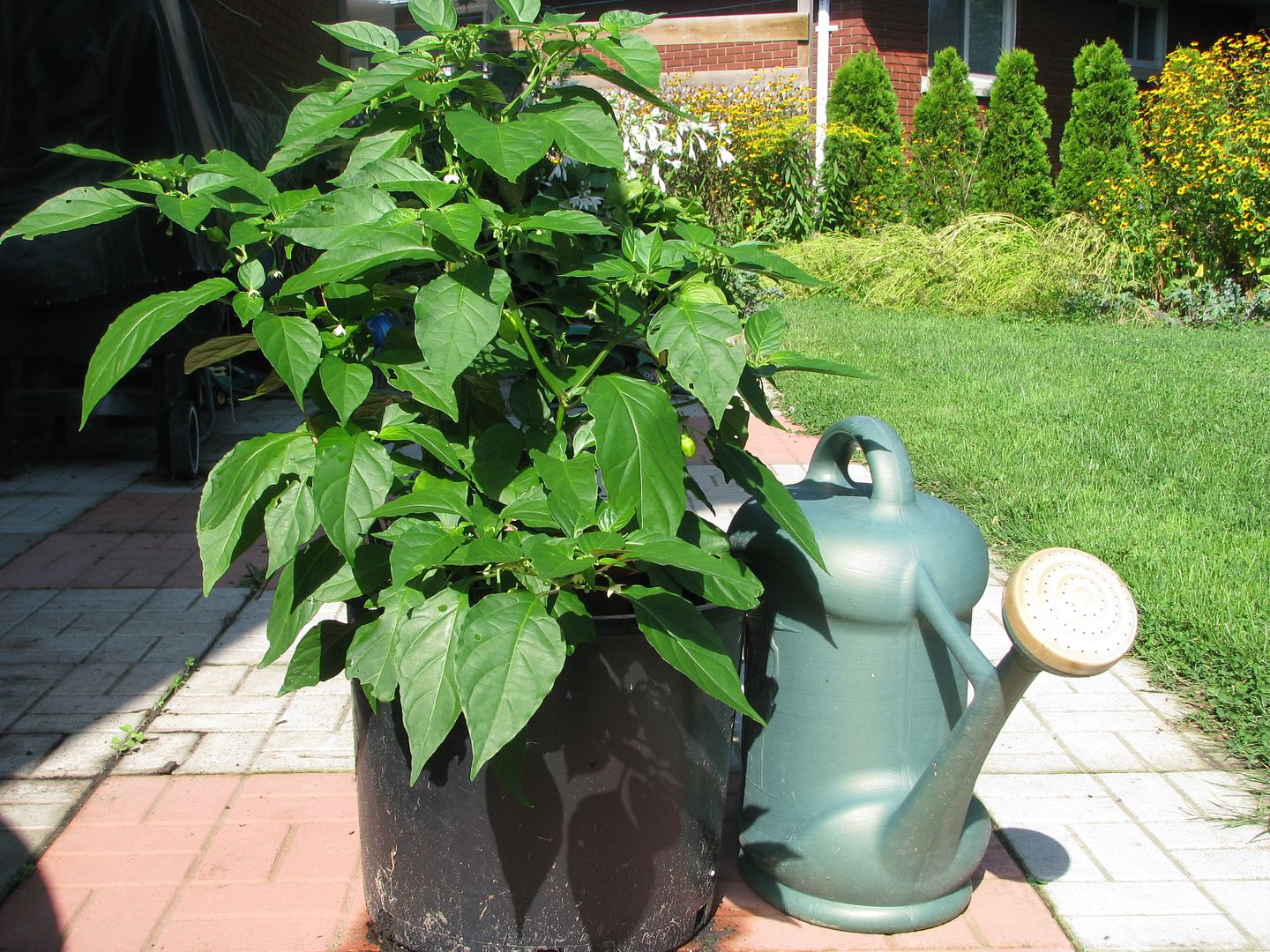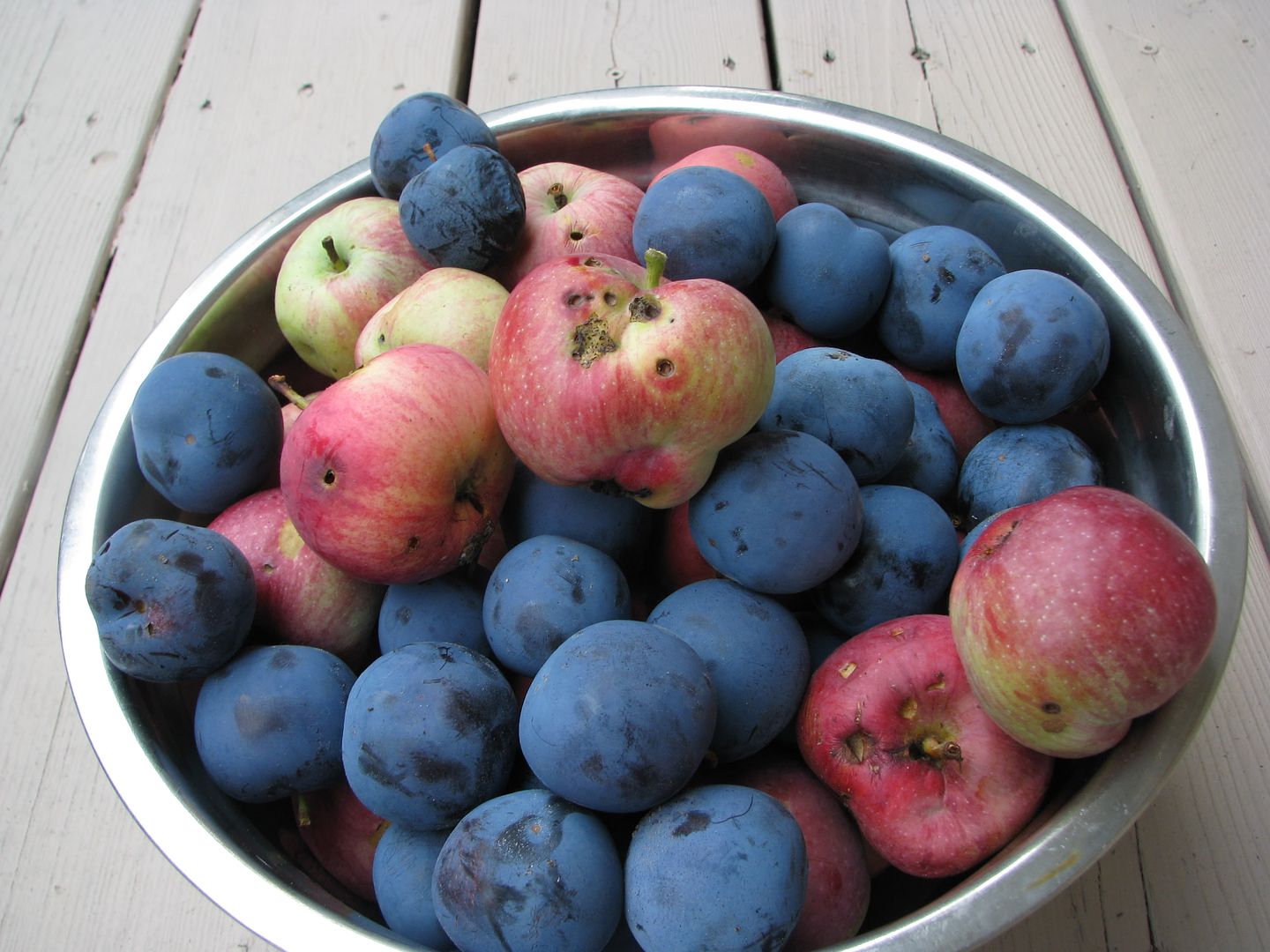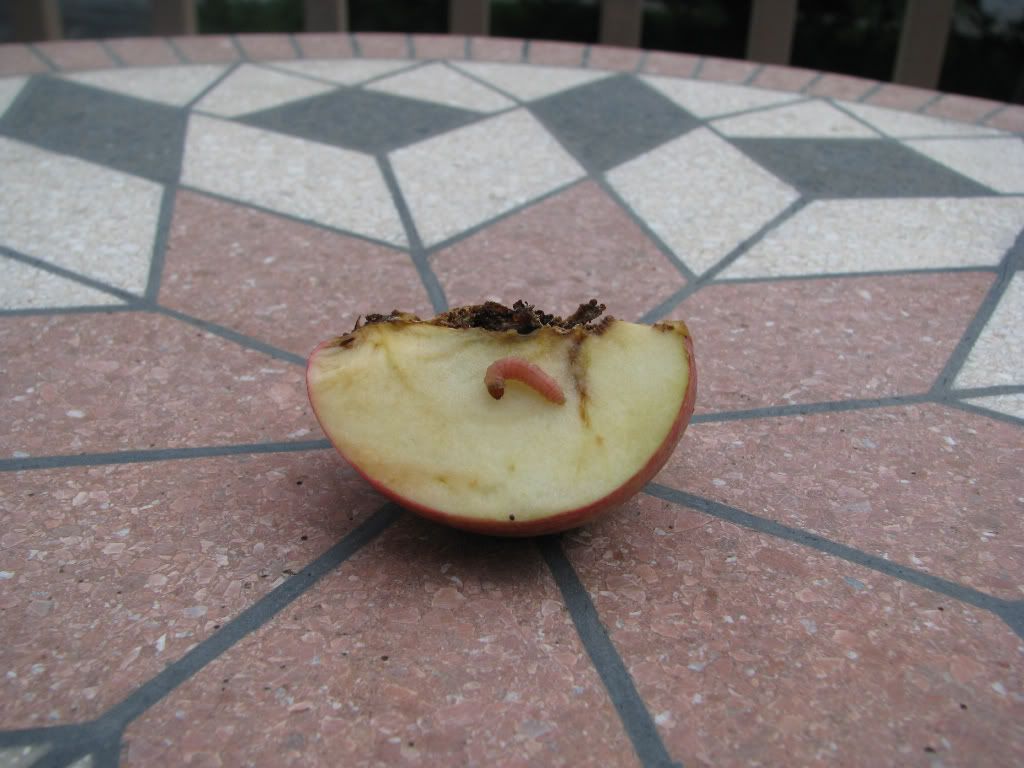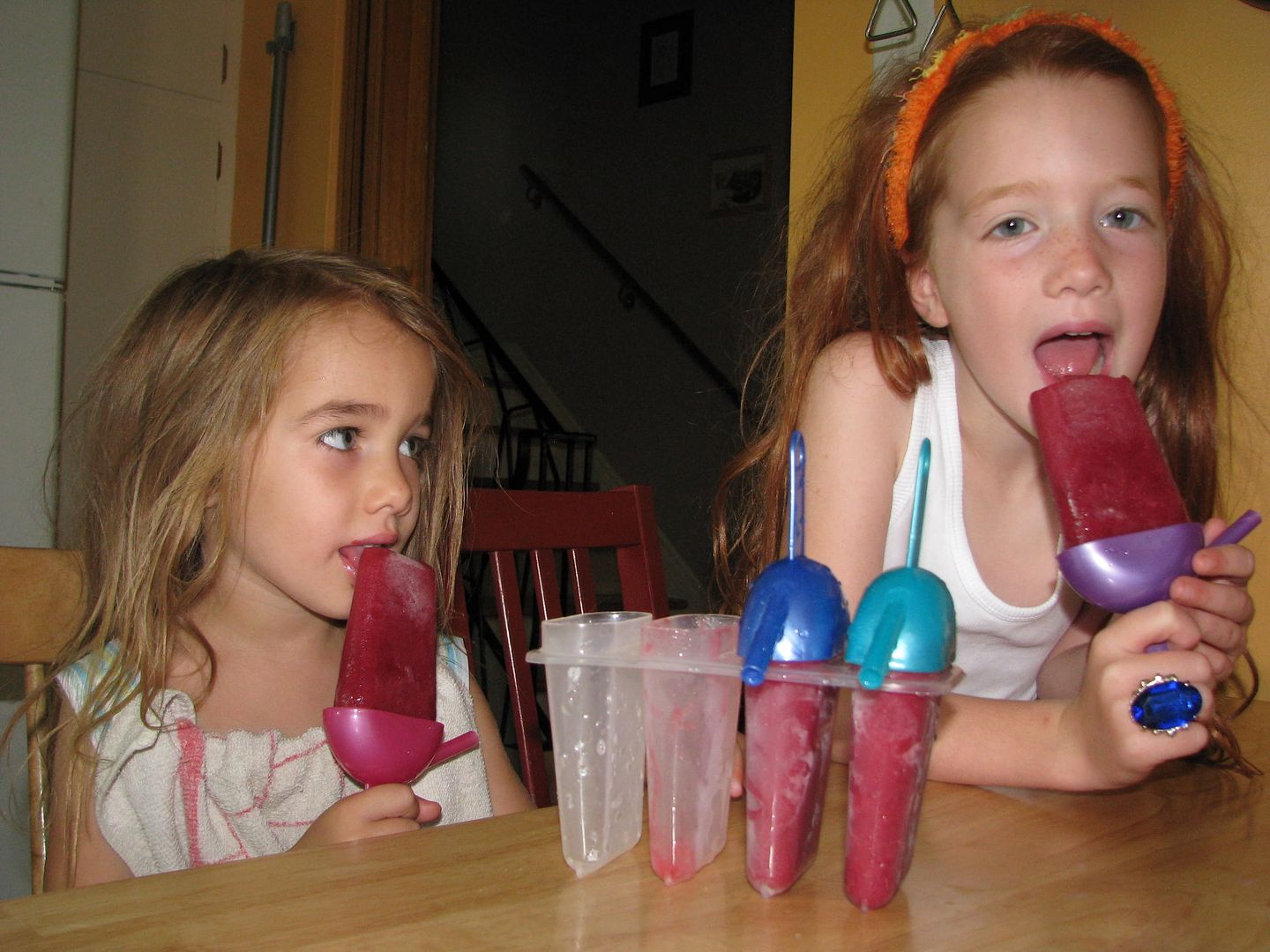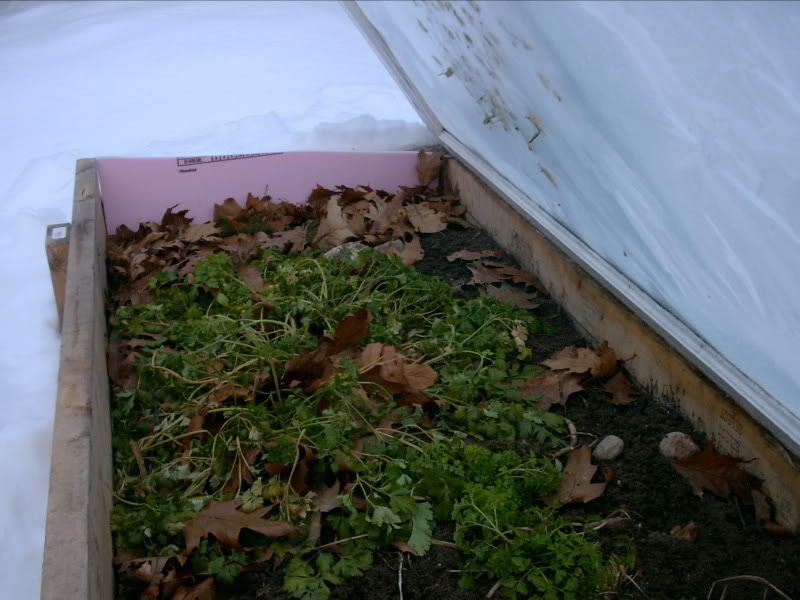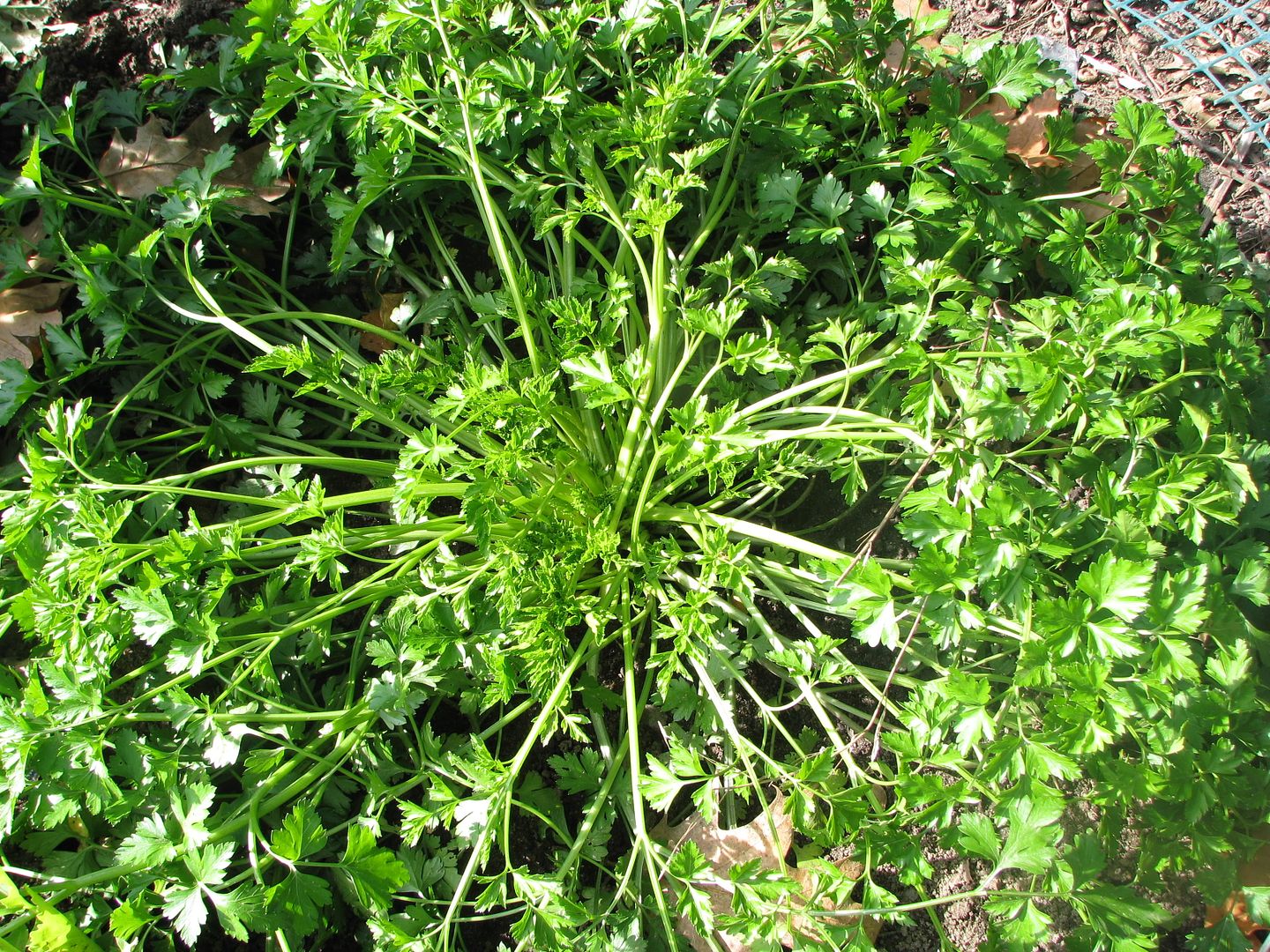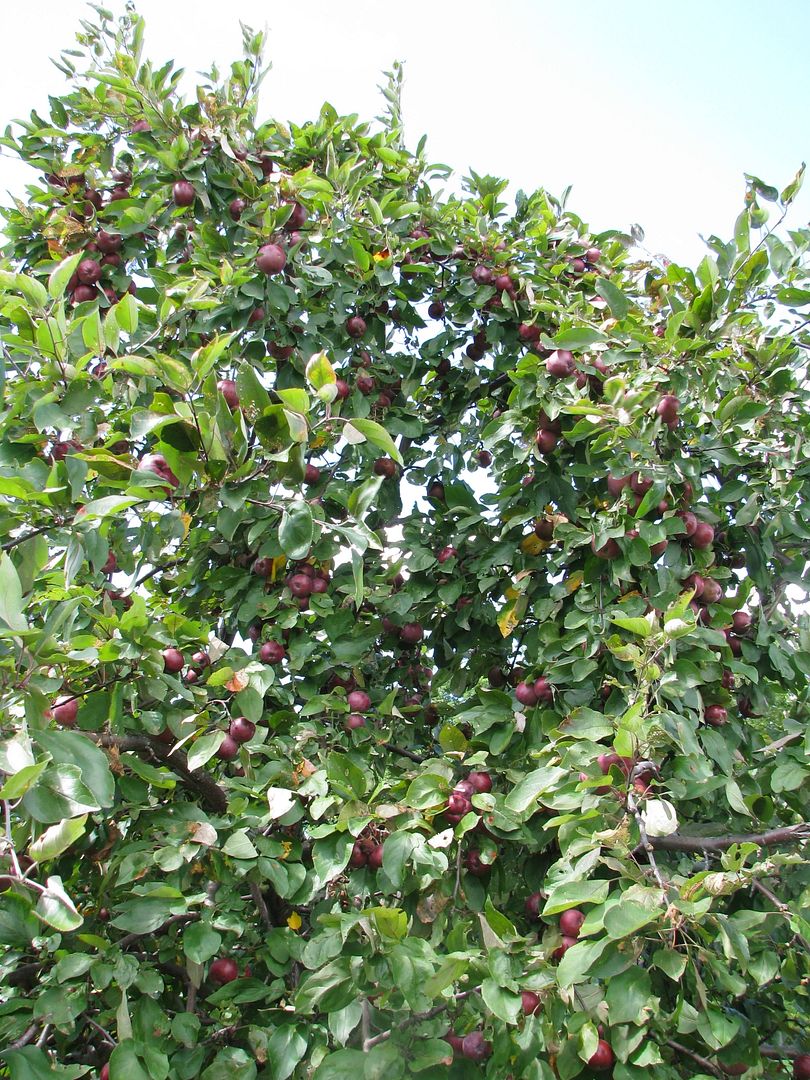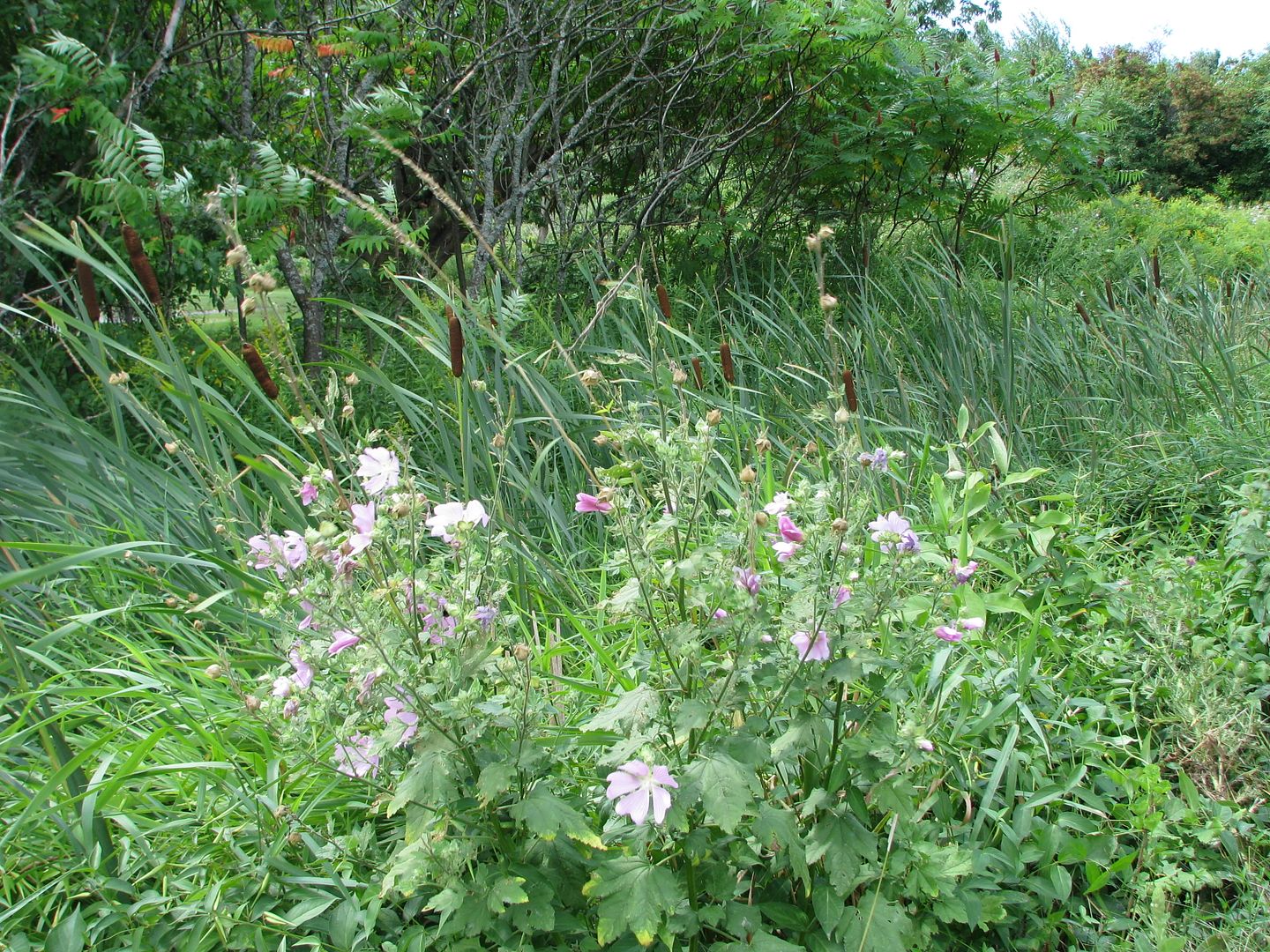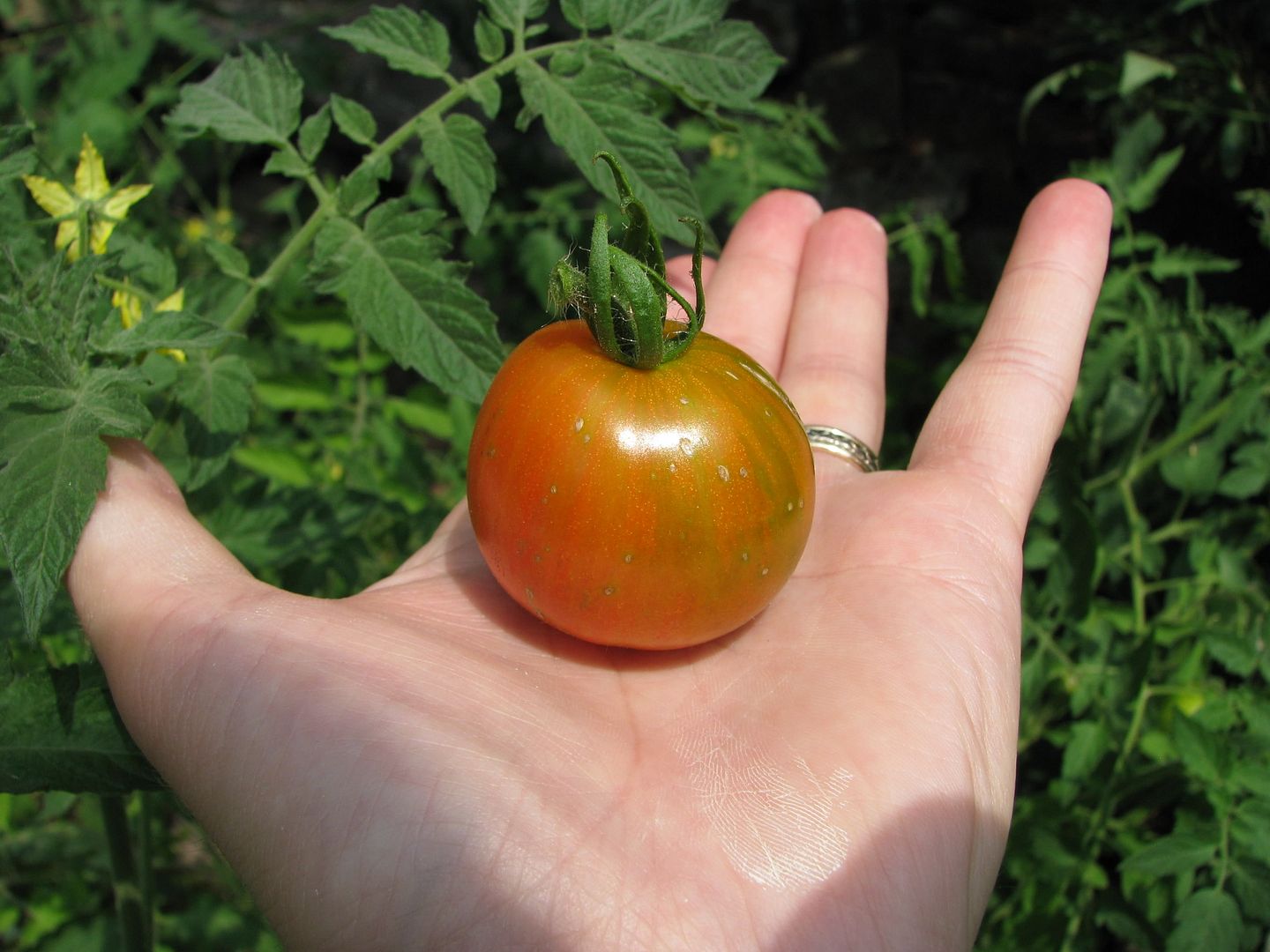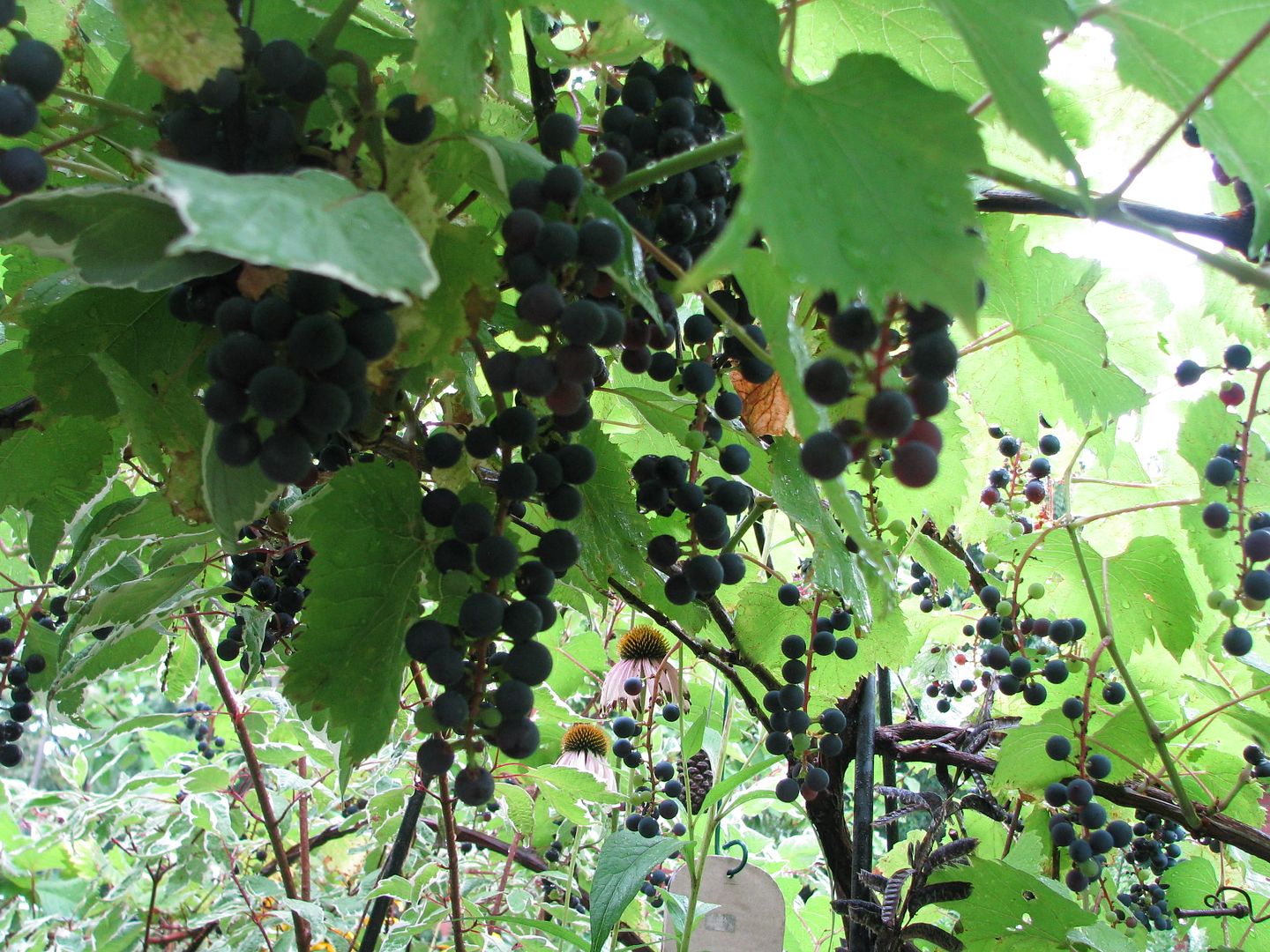
I think these are Concord.
Last year, I nearly pulled up the grape vine because it had never produced when I noticed my daughter pulling small purple balls from near the bottom of the vine. This was surprising as they were supposed to be some sort of light rose coloured grape but colour mismatch aside, the grape death sentence was stayed.
To thank me, the grape vine is dripping with fruit this year. They are sweet but seedy. Not bad for eating, but probably better for processing into grape jelly or juice. I think that this variety is the graft stock and everything above suffered some calamity such as winter kill or rabbit nibbling.
Washed by the rain, harvested grapes in a colander.
What to do with grapes?
1. Eat them
2. Juice - you know squish and strain.
3. Freeze as popsicles
4. Jelly
- Jelly without pectin
6. Grape Butter
6. Stuffed Grape Leaves
- Lots more on the wiki page: Dolma
7. Dehydrate seedless varieties for raisons
8. Make Fruit Leather
9. Wild Grape Wine
10. Wild Grape Yeast Starter
Cold Hardy Grapes Supplier and Info:
http://www.littlefatwino.com/bertslist.html
Green Barn
http://hubpages.com/hub/Growing-Grapes-in-Northern-Climates
Cornhill Nursery in New Brunswick
Manitoba Agriculture Site with suppliers and surival tests
Native Grapes
You may have a small mountain of these vines growing around your place or you may be looking for a really easy plant to grow... below is a list of some of the wild grapes that you might find nearby. Their mouth appeal varies between species and plant to plant. Many improve in flavour after frost or with plenty of sweetener.
Vitis riparia - River grape
Vitis labrusca - Fox grape
Vitis aestivalis - Summer grape (good link!)
Vitis vulpina - Frost grape (yes, it really is different from V. riparia)
If you go foraging make sure you don't sample moonseed by mistake.
***
What do you do with your grapes?


